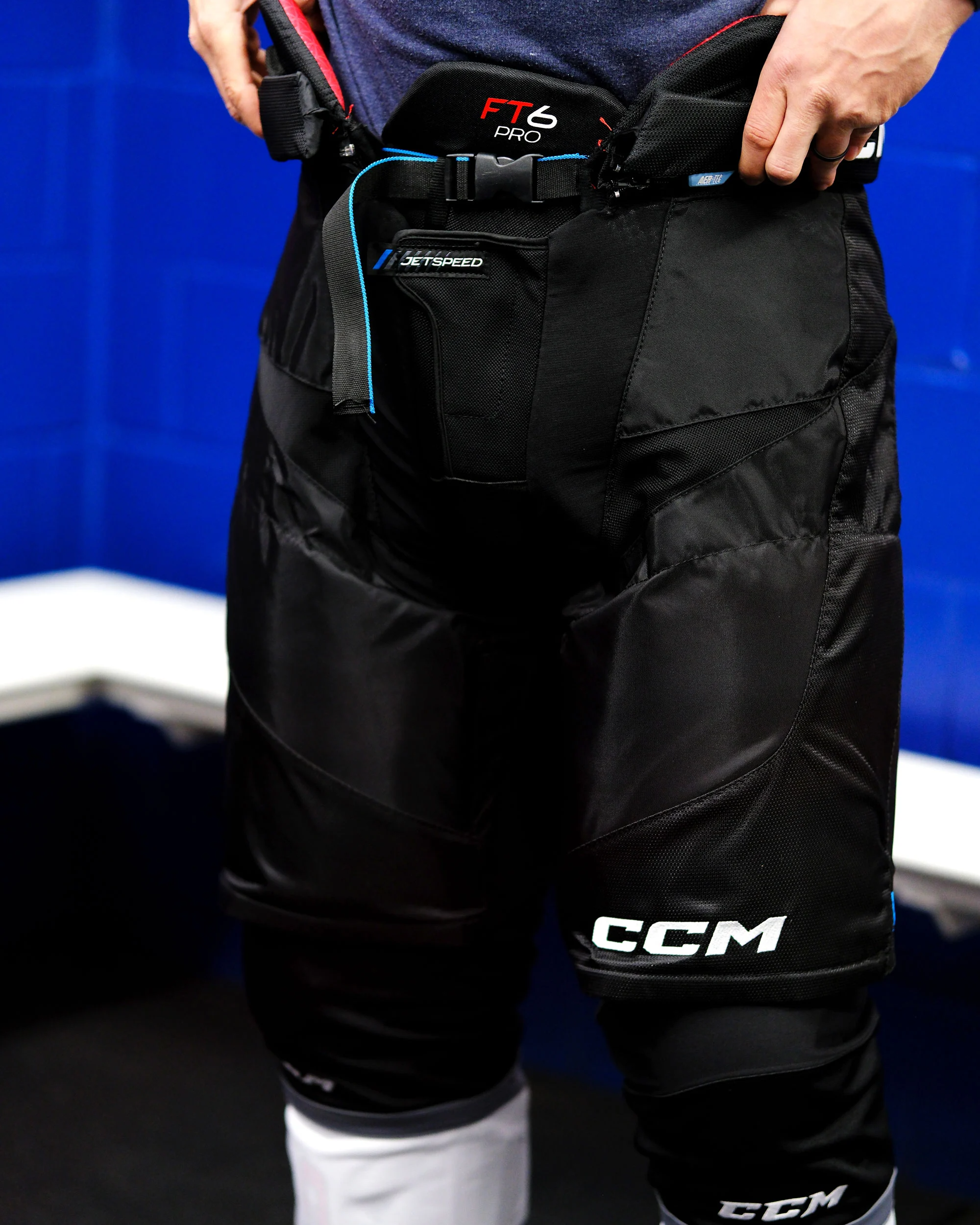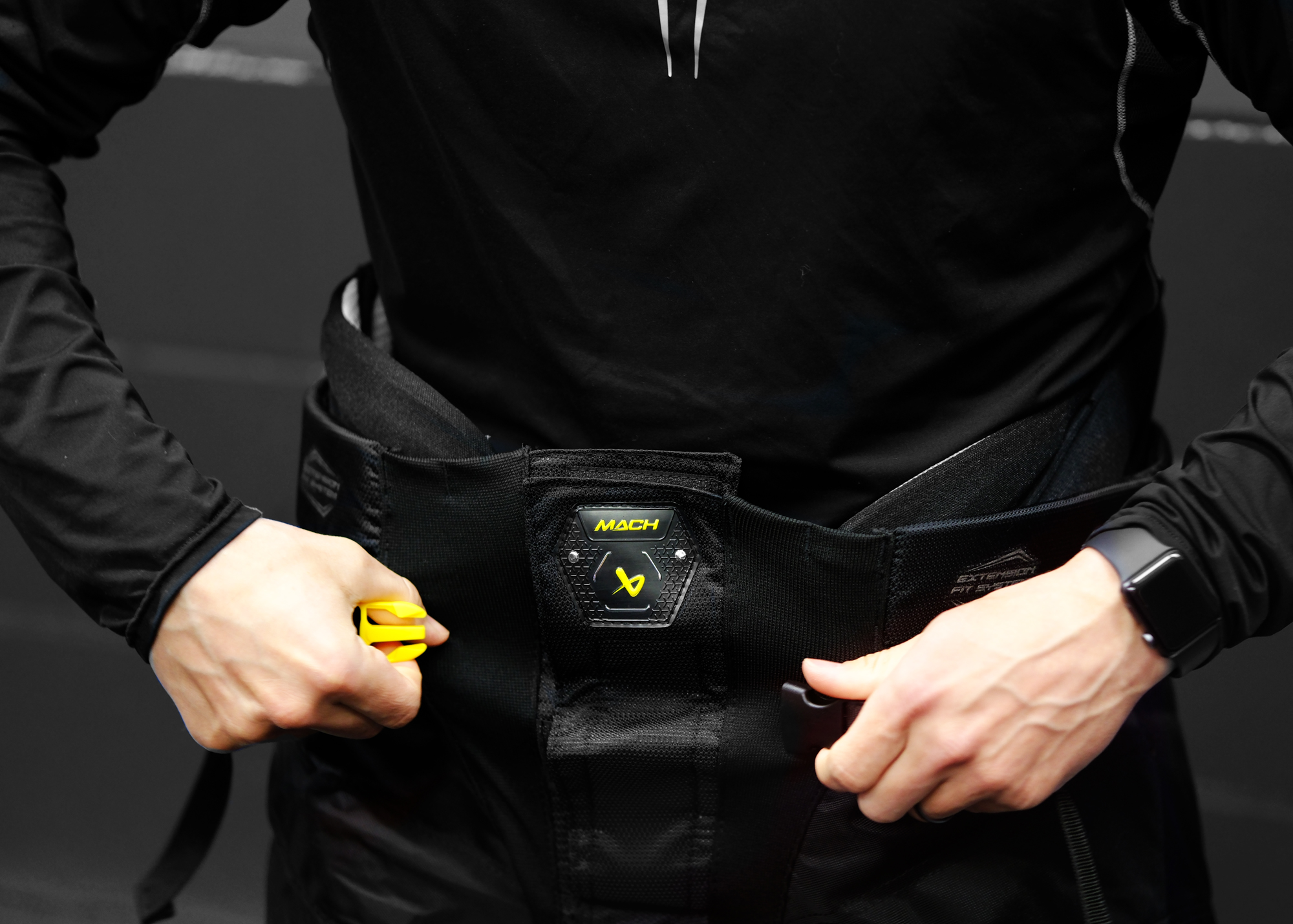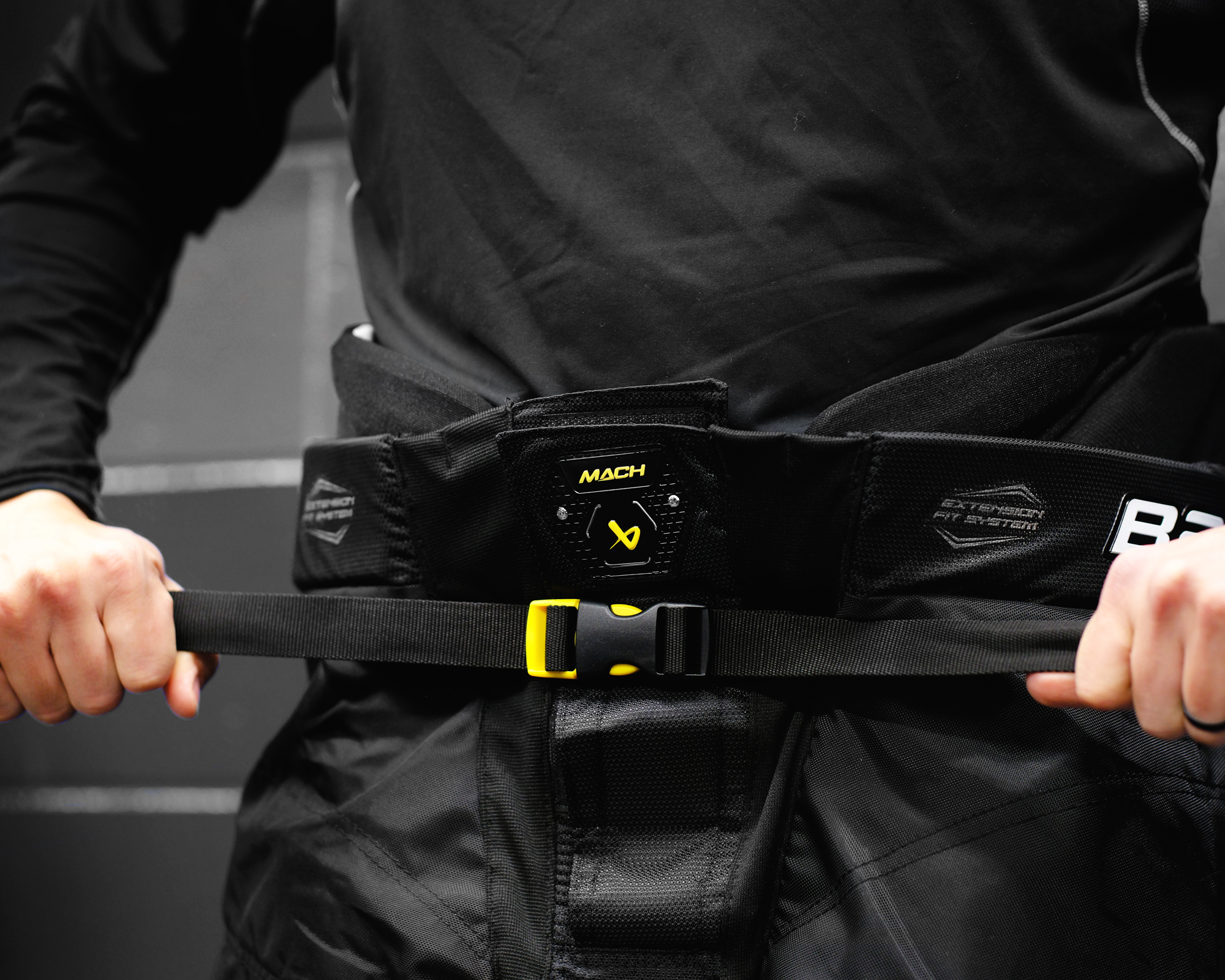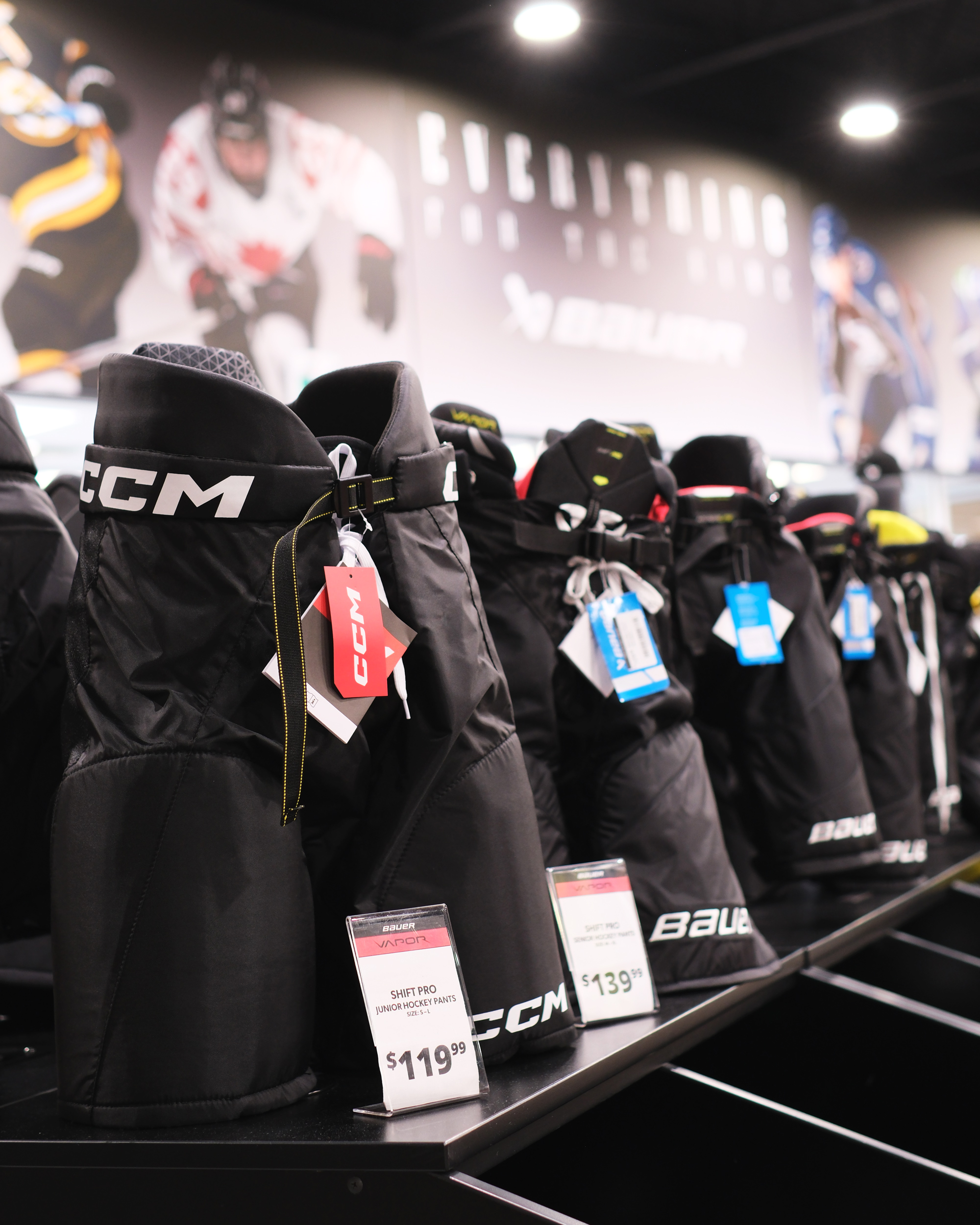The right fit for a Player PantUpdated a year ago
 When choosing player pant, the waist should fit comfortably and snugly. Most pants come with a belt and suspender buttons, but suspenders are optional. They're helpful if you're still growing as they allow for extra length. Some pants come in "Long" or "Tall" versions, offering an inch of extra length.
When choosing player pant, the waist should fit comfortably and snugly. Most pants come with a belt and suspender buttons, but suspenders are optional. They're helpful if you're still growing as they allow for extra length. Some pants come in "Long" or "Tall" versions, offering an inch of extra length.
Things To Consider:
- Age, Height and Weight
- Waist Size
- Level of Play
Fitting For Growth Room:
To ensure that a pant has growth room, make sure it fits snugly around the waist, and the belt sits just above the hip bones. The pant should come down as far as possible, but avoid making it too big as it may interfere with shin pads and restrict movement. As a general rule, a pant with growth room should align with the bottom of the knee cap when standing straight and fastened at the waist. When you bend your knees and assume a 'hockey stance,' the pant should slide up the knee and end up around the middle of the kneecap. The pant is too small if it does not reach the top of the knee cap when standing straight.


Fitting For True Size:
When selecting the right size of pant, it's essential to ensure that it fits snugly around your waist, with the belt sitting just above your hip bones. The pant should be long enough to protect your thighs, but not so long that they interfere with your shin pads. A good rule of thumb is to choose pant that fit between the middle and top of your kneecap when standing straight. As you move into a hockey stance and bend your knees, the pant should slide up to fall in line with the top of your shin pads.
When shopping online, you'll usually find pants offered in Small, Medium, Large, and Extra Large sizes. Each product will have a sizing chart to help you determine where you fit and list all available sizes. These charts are for reference purposes only, and personal preference also plays a role in finding the perfect fit. The level of protection offered will vary depending on the model you choose. As a general rule, higher-priced pants will provide more hip, kidney, and tailbone protection without adding too much bulk. You can still get a good quality pant at a lower price point, but the fit, protection, or movement of the pant may be somewhat compromised.
To find the best fit, compare your height, weight, age, and waist size with the charts provided. If you're looking at a "Tall" version of a pant, the waist size on the chart will be accurate, but the length will represent that of the next size bigger.